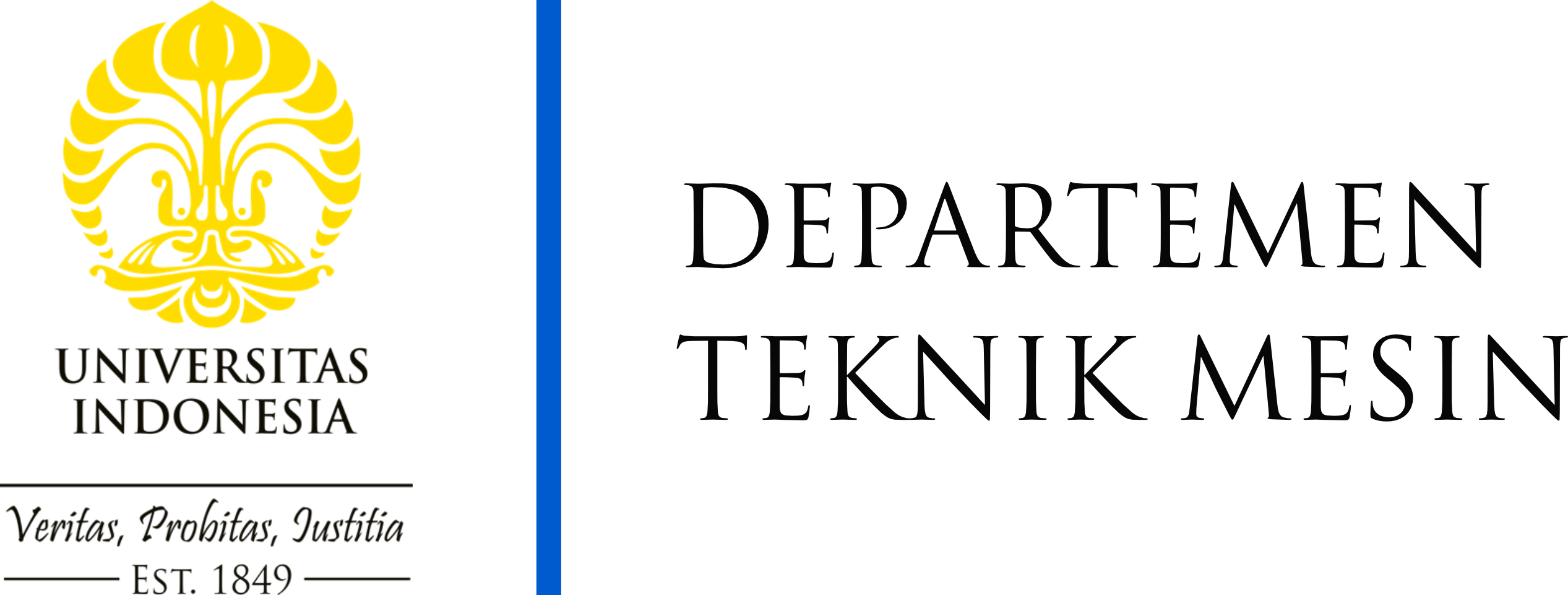josist@eng.ui.ac.id
1993 – Mechanical Engineering, Universitas Indonesia
2004 – Mechanical Engineering, Universitas Indonesia
2012 – Mechanical Engineering, Yeongnam University, South Korea

It is very suitable to use innovative biomachining in Indonesia since it saves much energy and is environmentally friendly. Moreover, its results are just as accurate as other conventional cuts.
Innovative biomachining is an alternative technology using microorganisms to cut unwanted material from a metal part based on a biological process as part of bacterial metabolism. Therefore, it is relatively environmentally friendly and can cut an object in a micrometer size.
Biomachining is an alternative process in microfabrication deemed environmentally friendly since it uses bacteria as a cutting tool. In this micro-size manufacturing process, the Acidithiobacilius Ferooxidant bacteria are used to out the metal since they can produce Fe3+ in their metabolism process very quickly to oxidize metals. The smallest profile size to cut is lower than one micrometer depending on the bacterias sizes ranging from 0.5 to 1 micrometer.
Besides being environmentally friendly, this biology-based process does not require additional energy and does not result in any heat effects on the metal as that of physical processes such as milling machining. However, the process relatively takes a slower speed than a conventional machining process. Therefore, the biomachining process is very suitable for manufacturing micro-sized metal components such as microchannels and micro heat exchangers made of copper.
The next innovation is optimizing a crashworthiness design on a vehicle to reduce the risks of a direct impact on the passengers when an accident occurs. This research was conducted as part of an ongoing evaluation concerning safety driving. By using the vehicle’s crashworthiness capability, we can minimize risks of a direct impact on the driver and passengers to a safe limit in an accident by engineering the crumple zone in such a way to absorb the energy of collision impact as much as possible and to reduce the impact force passed on the passenger. We need this innovation to improve safety driving without spending many costs.
